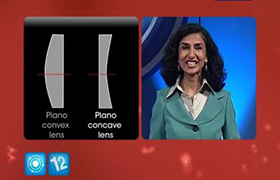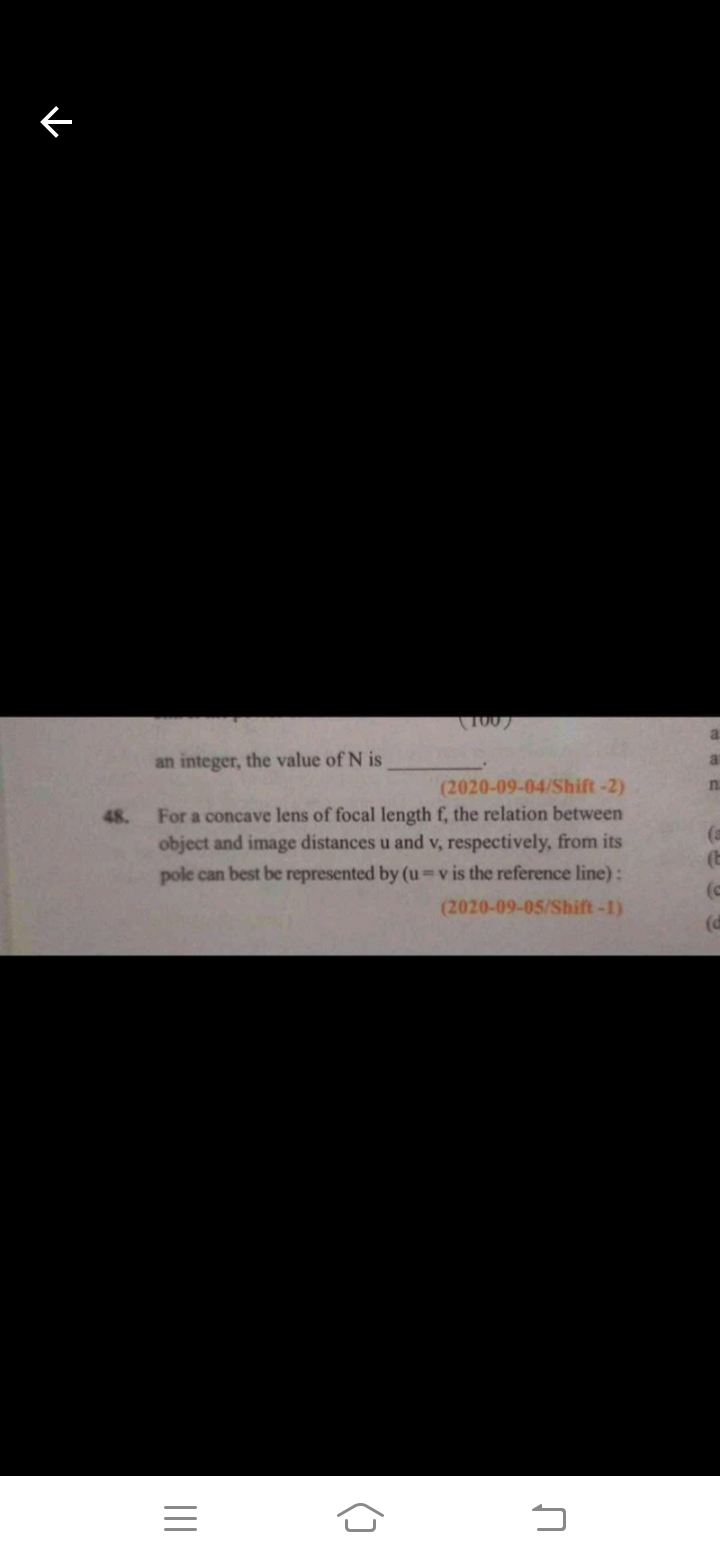CBSE Class 12-science Answered
if for a perfectly symmertical lens, r1=r2, then how will we find focal length??
Asked by Dark | 05 Jan, 2022, 11:54: AM
We have Lens maker's formula
 ............................... (1)
............................... (1) where f is focal length , μ is refractive index of materilal of lens , r1 is radius of curvature of left side
spherical surface and r2 is radius of curvature of right side spherical surface.
numerically r1 = r2 = r, by sign convention r1 is positive and r2 is negative .
Hence we get from eqn.(1)

From the known value of radius of curvature and refractive index of material ,
we get focal length f from above expression
Answered by Thiyagarajan K | 05 Jan, 2022, 13:22: PM
Concept Videos
CBSE 12-science - Physics
Asked by alnaasha2006 | 23 May, 2024, 13:00: PM
CBSE 12-science - Physics
Asked by santhoshsindoora | 27 Sep, 2023, 20:26: PM
CBSE 12-science - Physics
Asked by marvellouskyndiah | 17 May, 2023, 08:07: AM
CBSE 12-science - Physics
Asked by bmahalik21 | 04 Mar, 2023, 19:03: PM
CBSE 12-science - Physics
Asked by Dark | 05 Jan, 2022, 11:54: AM
CBSE 12-science - Physics
Asked by nagendramanikireddy999999 | 29 May, 2021, 11:50: AM
CBSE 12-science - Physics
Asked by manjulamurali1979 | 19 May, 2020, 21:01: PM
CBSE 12-science - Physics
Asked by tyeswanthkumar37 | 14 May, 2020, 10:58: AM
CBSE 12-science - Physics
Asked by polyrelation | 15 Mar, 2019, 16:40: PM






